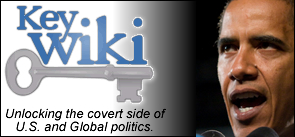Increased Alarm Over Intrusion Into U.S. and Sandia/Los Alamos
By: Denise Simon | Founders Code WASHINGTON (AP) — Federal authorities expressed increased alarm...
Read MoreBy: Denise Simon | Founders Code WASHINGTON (AP) — Federal authorities expressed increased alarm...
Read MorePosted by TMH | Dec 20, 2020 | Authors, Denise Simon, News, Politics |
By: Denise Simon | Founders Code Ambassador (ret.) Marie L. Yovanovitch is a Senior Fellow in the...
Read MoreBy: Denise Simon | Founders Code WASHINGTON — Russia conducted its second test this year of a...
Read More
My beloved husband,
GARRY HAMILTON,
passed away
on September 24th, 2022.
I will love you always.

